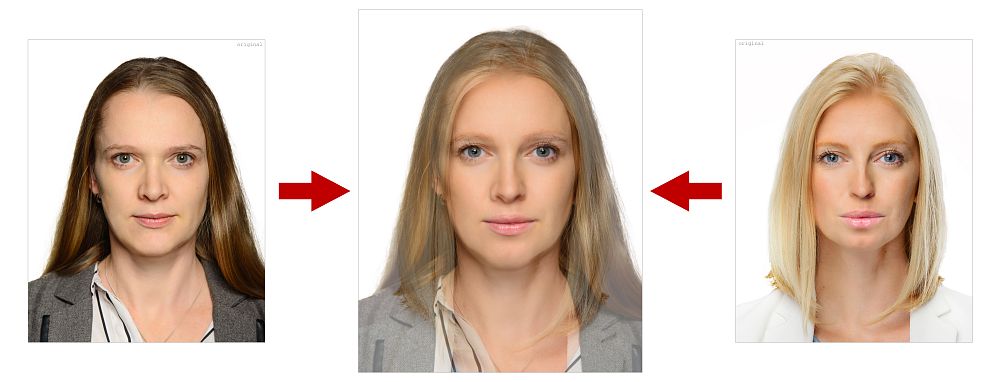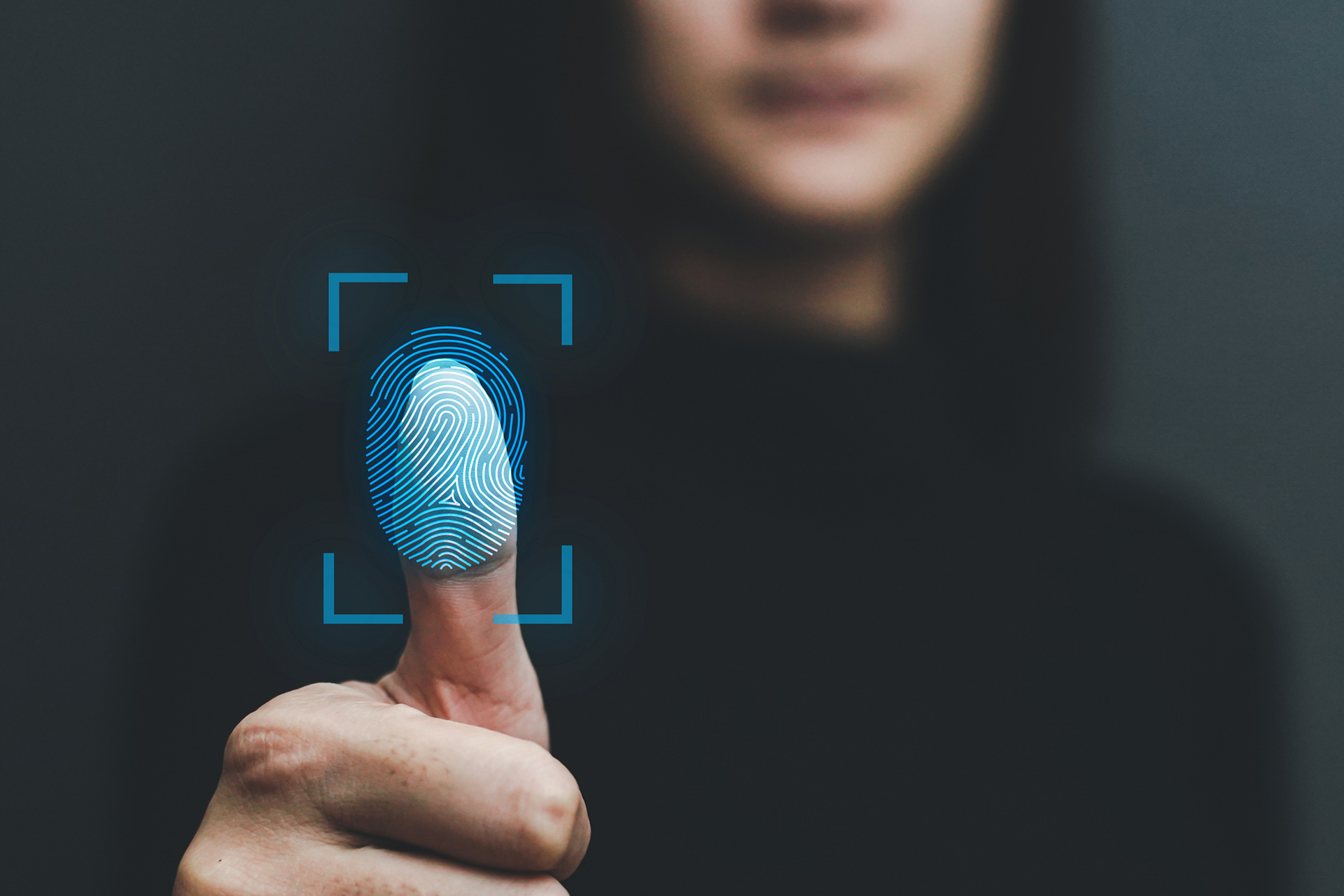Biometric verification as key technology for airports
Efficient passenger management is becoming increasingly demanding due to rising passenger numbers, ever more complex security requirements and the simultaneous need for maximum passenger comfort.
The expansion of biometric solutions offers a promising way to balance efficiency and security to meet these demands. Biometric technologies can enhance security measures while also speeding up check-in times. However, the technology behind biometric comparisons is both highly sensitive and complex. Biometrics expert Michael Overkämping of Materna IPS discusses its current state in an interview.

What different methods are there for capturing and verifying biometric data?
“There is a wide range of biometric verification methods, each focusing on different biological or behavioral characteristics. Among the most prominent are facial and fingerprint recognition, which compare parameters such as the distance between the eyes or the patterns of fingerprints. Iris recognition, which involves analyzing unique iris patterns, is also utilized in isolated cases. Additionally, biometric approaches extend to include palm prints, finger veins, voices, handwriting, and movements. Therefore, each technic offers distinct advantages and limitations, influenced by factors such as accuracy, user-friendliness, and environmental requirements.”
Is there a clear favorite between facial, fingerprint and iris recognition?
“The most commonly adopted approach in aviation is facial recognition. It facilitates reliable traveler identification through image analysis, utilizing images extracted from various government-issued documents. Whether sourced from an electronic ID document or a printed image, modern image analysis systems ensure accurate verification between the document and the camera image. Advanced AI technologies even excel at recognizing aging of up to 10 years in images. Compared to alternatives like fingerprint or iris recognition, facial biometrics offers a faster, more convenient, and entirely contactless process for passengers.”
How does a biometric identification procedure at the airport basically work?
“The verification/recognition process follows a similar pattern across different methods. In the case of facial recognition, the passenger's face is captured from a camera video stream by a biometric application. An AI algorithm then converts the image into a template, after which the previously captured image is discarded. Subsequently, the algorithm compares the current template with those stored in a database to find a match. Upon a successful match, the stored information can be utilized by various applications, such as self bag drop or boarding systems, often in the form of a boarding pass. These processes typically achieve near-perfect precision.”
Why are biometric identification procedures more secure than procedures without biometrics?
“Typically, the verifications are conducted by extensively trained staff members boasting decades of expertise in document and passenger authentication, often equipped with an intuitive talent for detecting fraud. Nevertheless, human error remains a possibility. In contrast, biometric verification systems employ sophisticated algorithms capable of precisely matching biometric data with stored records. These automated systems remain unaffected by external distractions and consistently deliver a high level of accuracy regardless of the time of day. This minimizes the risk of errors and enhances overall security at airports.”

Why are deep fakes and techniques such as face morphing a problem? What is being done about it?
“Deep fakes and face morphing techniques have long posed challenges for biometric verification procedures. However, advancements in counterfeit software, some leveraging sophisticated AI, have exacerbated these concerns in recent years. The solution lies in innovative AI technologies. The latest AI-based algorithms are adept at detecting even the most convincing counterfeits, effectively outsmarting fraudsters at their own game.”
What are the challenges of implementing biometric solutions on a large scale?
“Implementing biometric solutions on a large scale poses several challenges, including compliance with data privacy regulations and ensuring interoperability. Addressing data privacy concerns requires collaboration among all stakeholders to identify common needs and agree on suitable solutions. Interoperability presents an even greater challenge, as vendors often prioritize protecting their proprietary systems over implementing open architectures, as exemplified by the US Customs and Border Protection's (CBP) Traveller Verification Service (TVS). Current initiatives by IATA are expected to contribute to resolving this challenge.”

